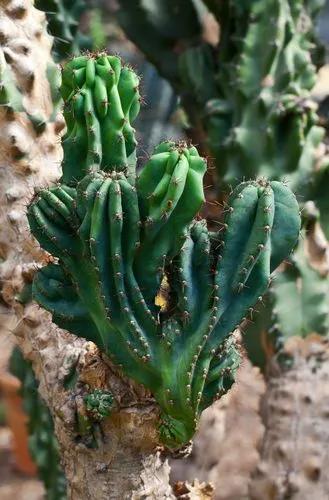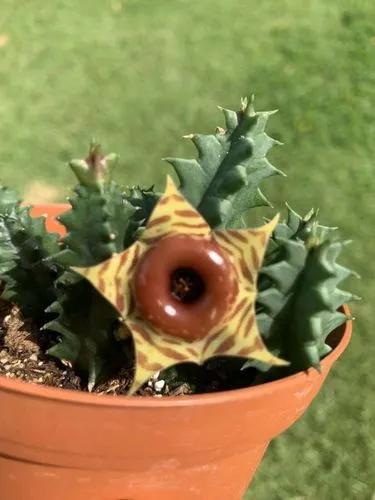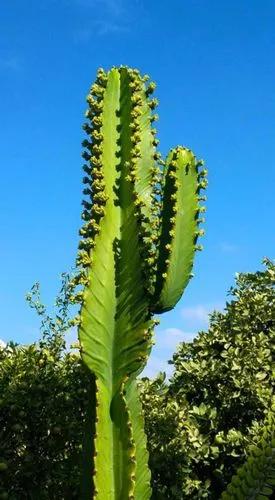Opuntia ficus-indica, the prickly pear, is a species of cactus that has long been a domesticated crop plant grown in agricultural economies throughout arid and semiarid parts of the world. It is the most widespread and commercially important cactus.
Barbary fig Care
Opuntia vulgaris



The Prickly Pear Cactus (Opuntia) is a member of one of the largest of cactus families. When these cactus plants mature, they produce attractive red, orange or yellow flowers that can become edible “prickly pear fruits” on larger plants. You find small specimens included in cactus garden arrangements. These interesting and attractive cacti are an excellent way to get a started learning about the care of cactus plants. Be prepared to provide your little prickly pear plenty of space in a stable environment. Larger varieties grown outdoors can reach over fifteen feet high needing room to spread and grow tall outdoors. Houseplant varieties can grow to be a couple of feet high and need proper potting, warmth and lighting to thrive. This cactus can live a very long time and attain heirloom status if well-cared-for.
How to Care for the Plant

Water

Keep seedlings, cut, ings and immature plants in a lightly moist soil until they attain a bit of growth. Once they develop a couple of “leaves” you can allow the soil almost dry out between watering and then water thoroughly. Mature plants are very drought resistant. Allow the soil to dry out thoroughly. Wait until the cactus looks a bit shrunken, then provide a deep, slow watering.

Fertilizer

Feed immature plants a week solution of water-soluble fertilizer every couple of weeks. Mature plants should only be fed two or three times during the summer months. If growing Opuntia cactus to produce flowers and fruits, use a low nitrogen fertilizer (0-10-10). If you want to produce more paddles for eating, use a balanced fertilizer (10-10-10). Monitor results and adjust accordingly to suit your requirements.

Sunlight

Immature plants (under two years old) do well with lots of bright, indirect sunlight. Once mature, full sun is appreciated.

Soil

Use a pre-mixed cactus soil, or make your own cactus mix using humus, sand and clay. Outdoor these succulent plants need light, airy, well-draining soil with plenty of sand mixed in.

Temperature

These cactus plants are very hardy and forgiving. Mature plants can tolerate very high temperatures during the day and desert-like drops in temperature overnight. They prefer hot, dry summers and cooler fall and winter months. Generally speaking, protect your outdoor cactus from freezing, but if it does freeze don’t be surprised to see it rising from the roots in the springtime.

Container

This plant can be grown in containers. Choose a pot with enough drainage holes.

Popularity

78 people already have this plant 23 people have added this plant to their wishlists
Discover more plants with the list below
Popular articles






